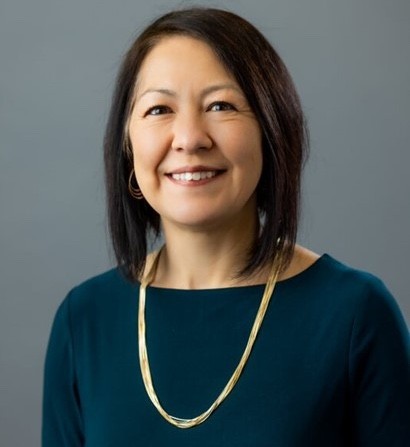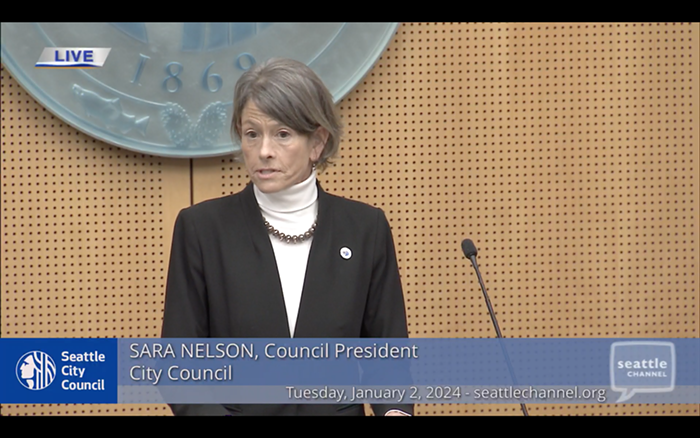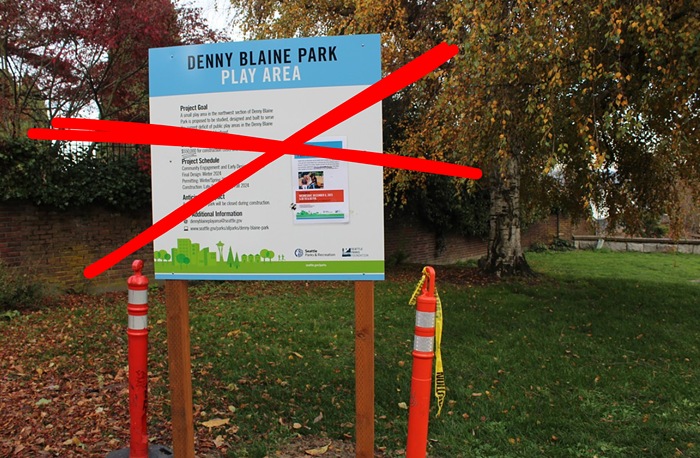In one ad, a nine-year-old boy talks about how he misses his father who died of lung cancer. Another includes a gross image of a woman smoking a cigarette through a hole in her throat.
"These ads are not pretty," Secretary of Health Mary Selecky said in a November 2000 press release. "They show the effects of tobacco use in a vivid and personal way that the people of our state have not seen in ads before. We are going to save lives and that is the bottom line."
Unfortunately, research shows that scare campaigns don't do much good. Indeed, the fear-based messages used in the campaign are the exact same strategies used in the 1990s to curb teen smoking. Teen smoking rates in 2000 were 20 percent higher than they were in 1991. "Those ads drive me crazy," says Jim Mevin, a 24-year-old Capitol Hill resident and current smoker. "It's the same lame stuff they laid on us in high school."
So, why the $5.3 million media splash?
"We felt like [the campaign] was going to be under the microscope," says David Harrelson, who is in charge of community-based programs at the Washington State Department of Health Tobacco Prevention and Control Program. "The aggressiveness of the media campaign has been for the express purpose of proving that the ad campaign can have some sort of impact."
But what kind of impact? Well, it so happens, it's funding season in Olympia and the health department wants the legislature to pony up $9 million in additional funding. To that end, the department of health is playing politics with anti-tobacco funding by structuring its tobacco program (40 percent to media, 30 percent to community programs) in order to impress the legislature. Ultimately, the brash media campaign seems to be less about health education and more about eliciting a supportive response from politicians.
"The campaign is being evaluated for advertising recall, awareness of campaign, awareness of themes, and awareness of specific spots," says Lisa Lafond from the state's Tobacco Prevention and Control Program. The campaign is not being evaluated for whether or not it prevents youth from smoking or encourages adult smokers to quit.
After all, the department of health knows that media campaigns aren't the best way to reduce smoking. The department's own website says, "Other states have shown that the most meaningful and sustained reductions in tobacco use can occur only through integrated efforts at the local level." Unfortunately, rather than following its own advice, the department of health is spending less money on community programs than on the media campaign.
The health department granted $4 million to Washington counties for doing anti-tobacco programs. King County received $785,000 from the state and granted $440,000 to community organizations that are working in schools and communities of color to encourage smokers to quit. Most counties in Washington received between $20,000 and $30,000 for community programs, which is not enough to hire a full-time staff person.
Department of health spokesman Tim Church says the program is based on the Centers for Disease Control's (CDC) "Best Practices for Tobacco Control and Prevention." "Our program follows that very closely," Church says. But the CDC prioritizes community programs by saying, "To achieve the individual behavior change that supports the non-use of tobacco... effective community programs involve people in their homes, work sites, schools, places of worship and entertainment, civic organizations, and other public places."
The CDC report also recommends that states "fund multicultural organizations and networks to collect data and develop and implement culturally appropriate interventions." The department of health has allocated $120,000 to this end. In contrast, states like Oregon have allocated $1.1 million.
The problem with the community programs approach is this: It is difficult to sell outreach work (e.g., a community meeting addressing how tobacco is marketed in low-income neighborhoods or a workshop targeted at lesbians) to the legislature. Politicians prefer that their mainstream constituents see where public money is going. It doesn't matter if the program is effective. And a $5.3 million shock campaign, effective or not, will certainly be seen.
"We can demonstrate high advertisement recall," says the health department's Lafond. "We wanted to create that quickly, so when we went back to the legislature we could demonstrate some outcomes."
Ric Kasini Kadour is the program director at Gay City, an HIV-prevention group that relies on state money to run a program that combats smoking among gays and lesbians.


















